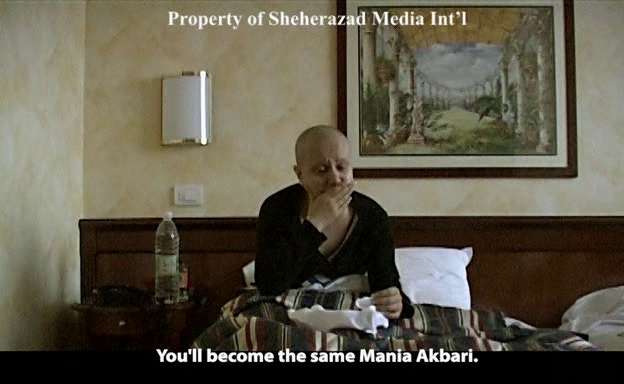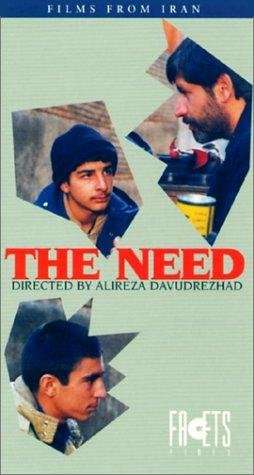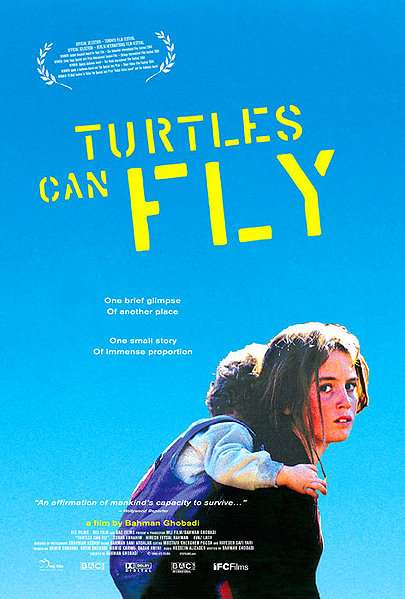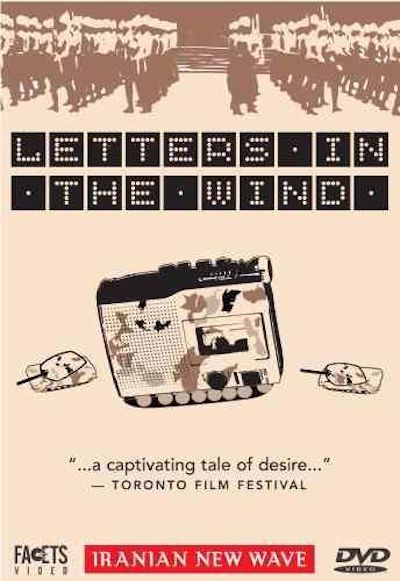Quote:
Made for the Central Bank of Iran to celebrate the collection of precious jewels kept in the treasury, this film remains filmmaker Ebrahim Golestan’s most visually dazzling work, embellished with terrific camera movements.
Some of the most iconic landscape photography in the history of Iranian cinema can be found within a minute after the opening credits, in which peasants of various ethnicities and tribes are quickly reviewed, all posed in a graceful manner, like kings without being kings. Like a work of musical composition, a simple act of ploughing is spread across shots of various size and angle, creating an intimate visual symphony. And then appears one of Golestan’s allegorical match-cuts: a farmer seen on the horizon before a cut to a diamond on a dark background – the farmer is the jewel.Read More »









